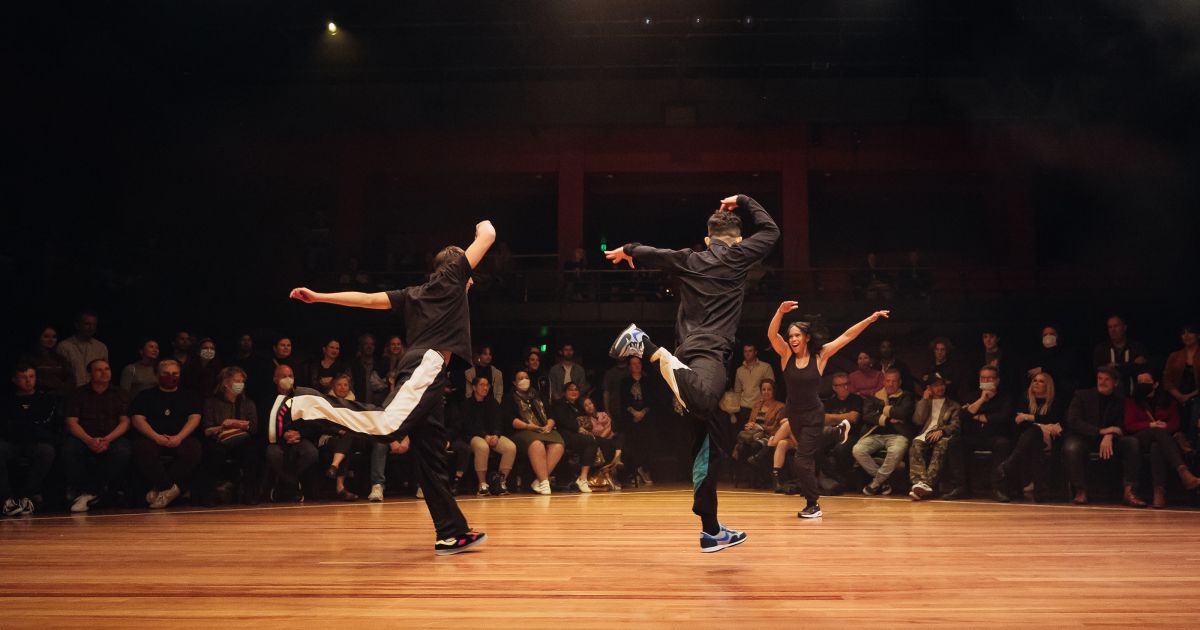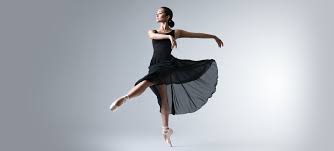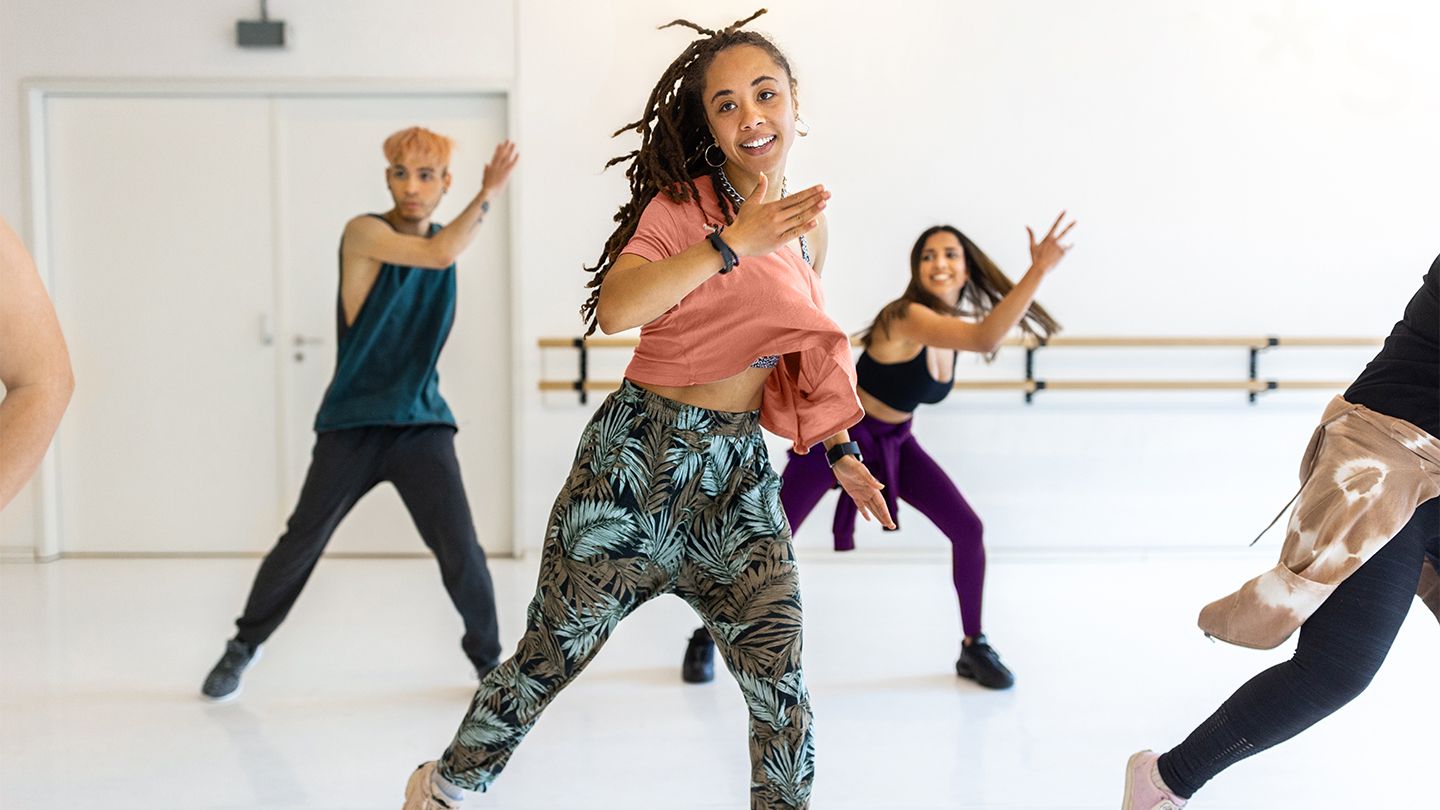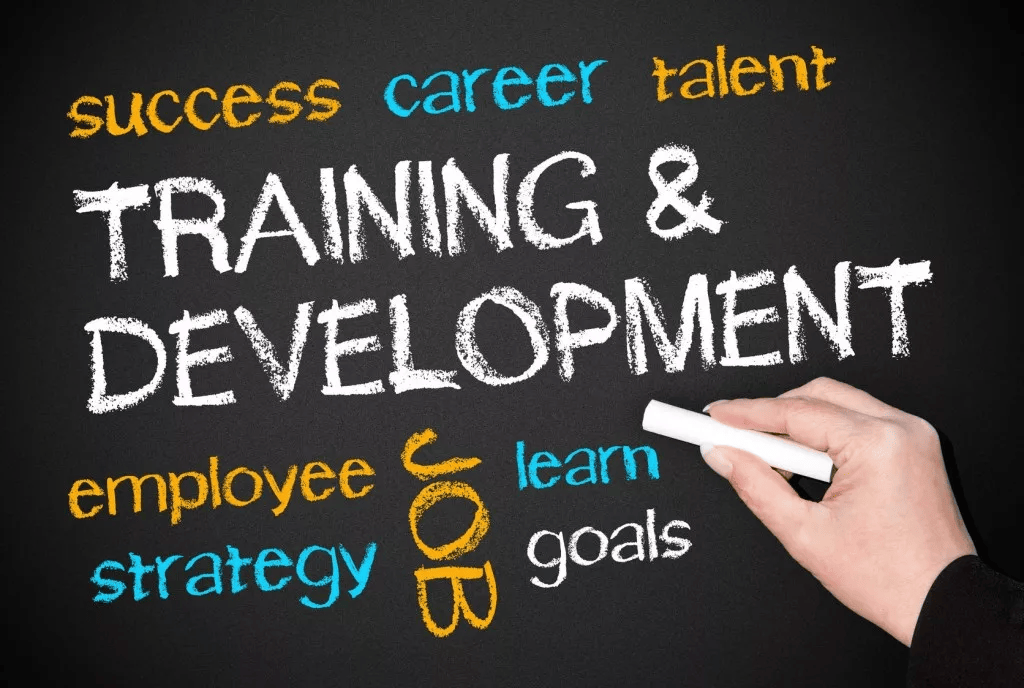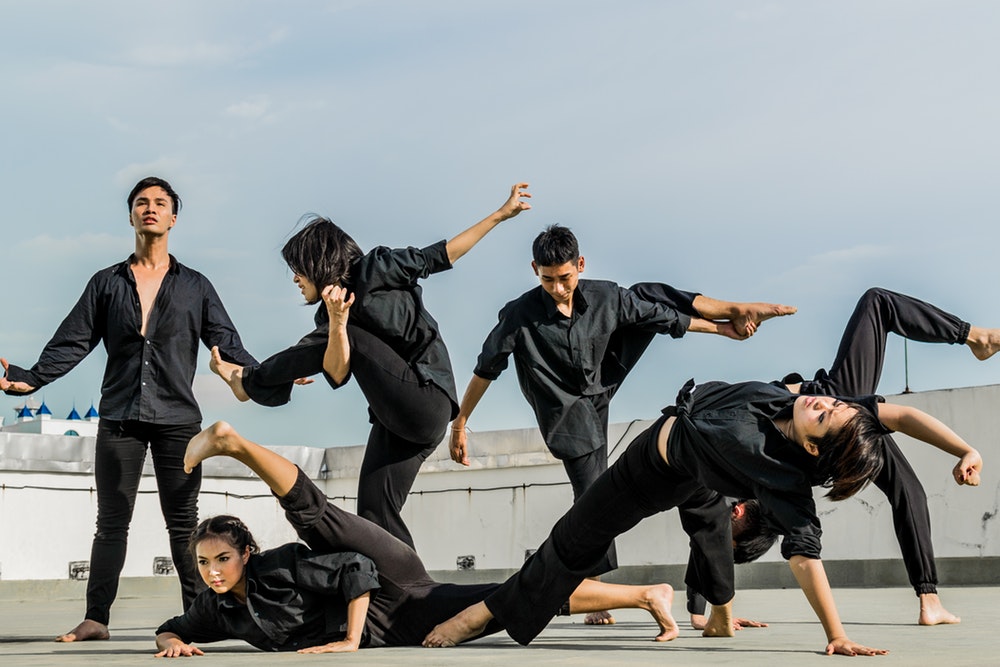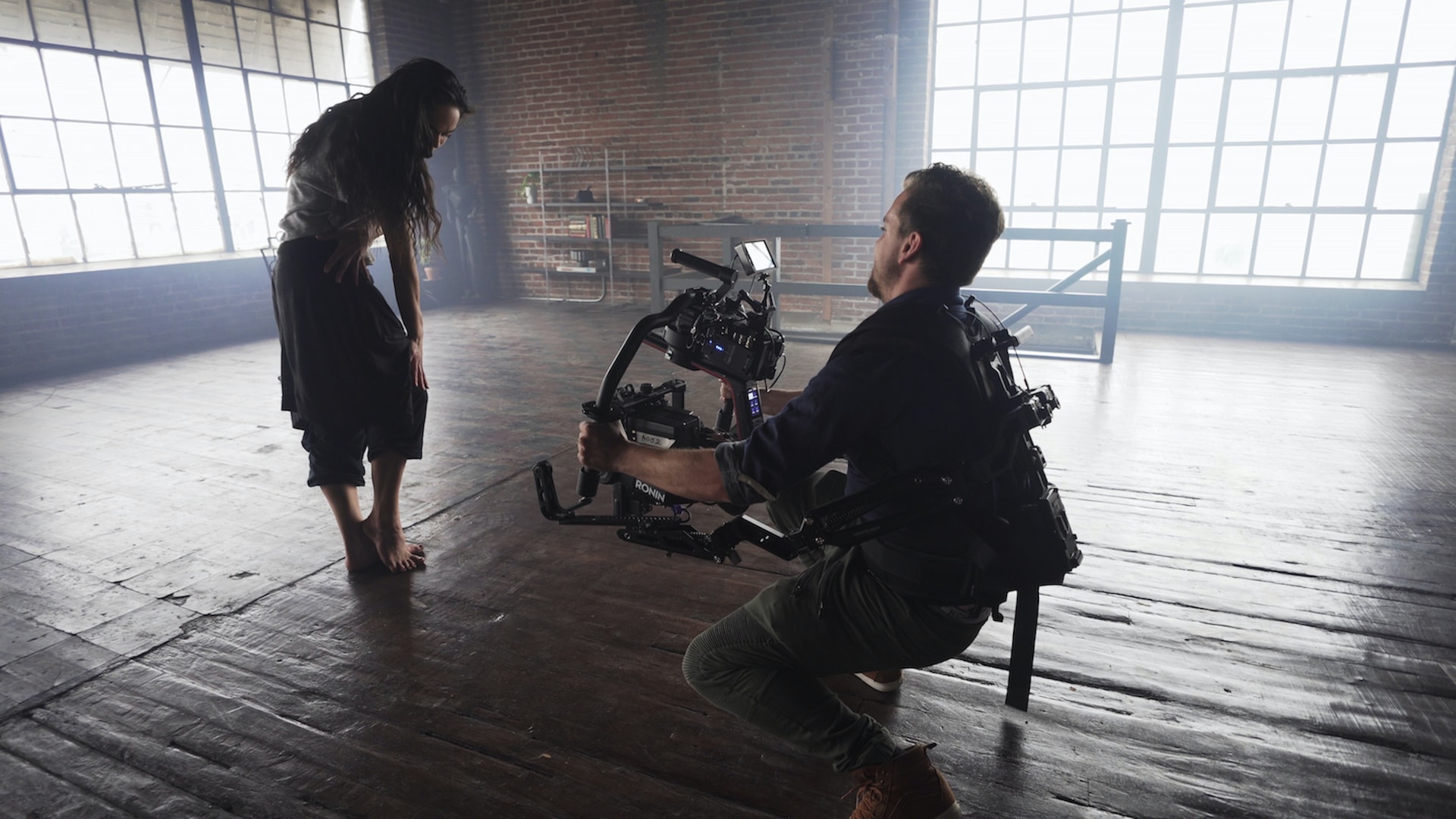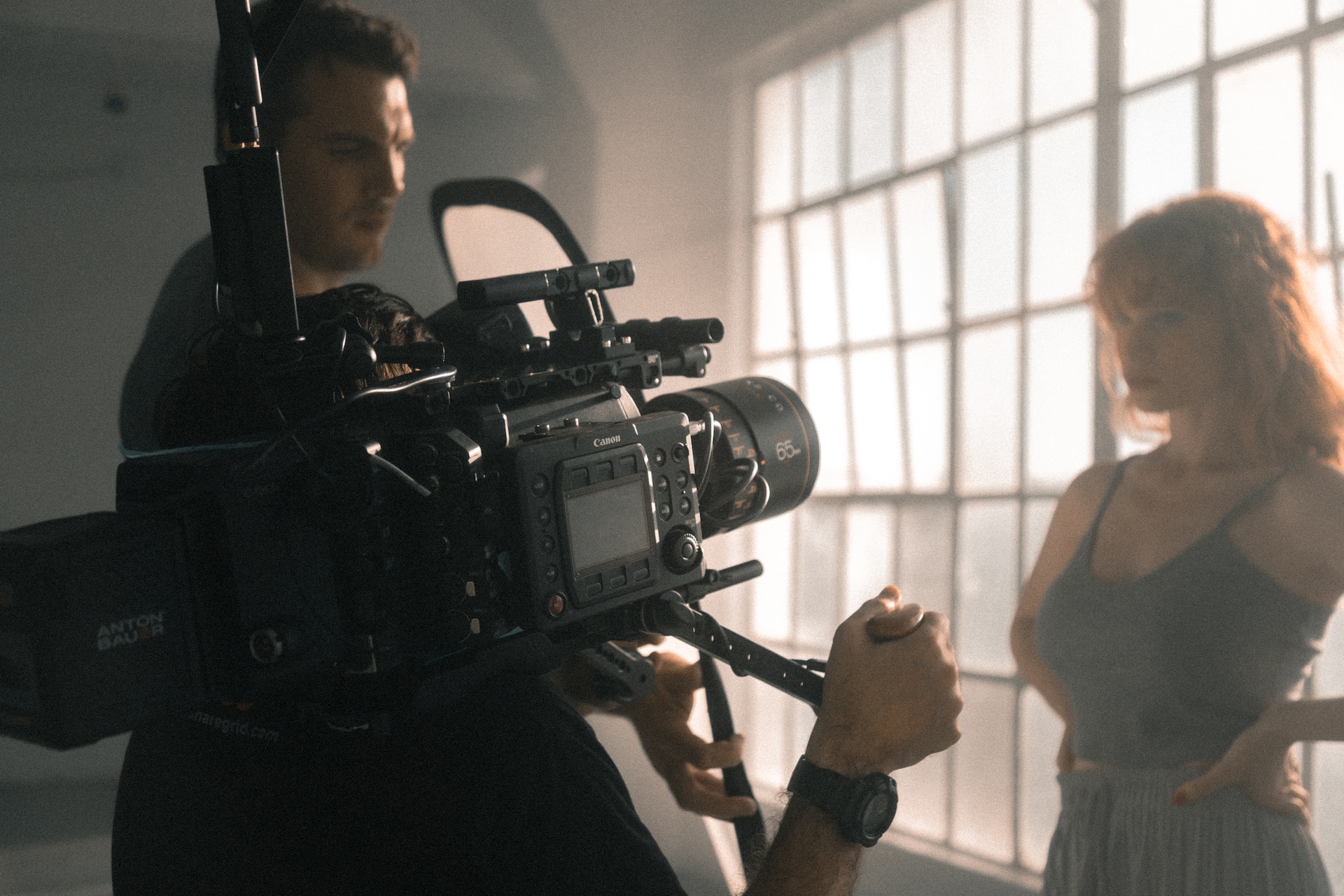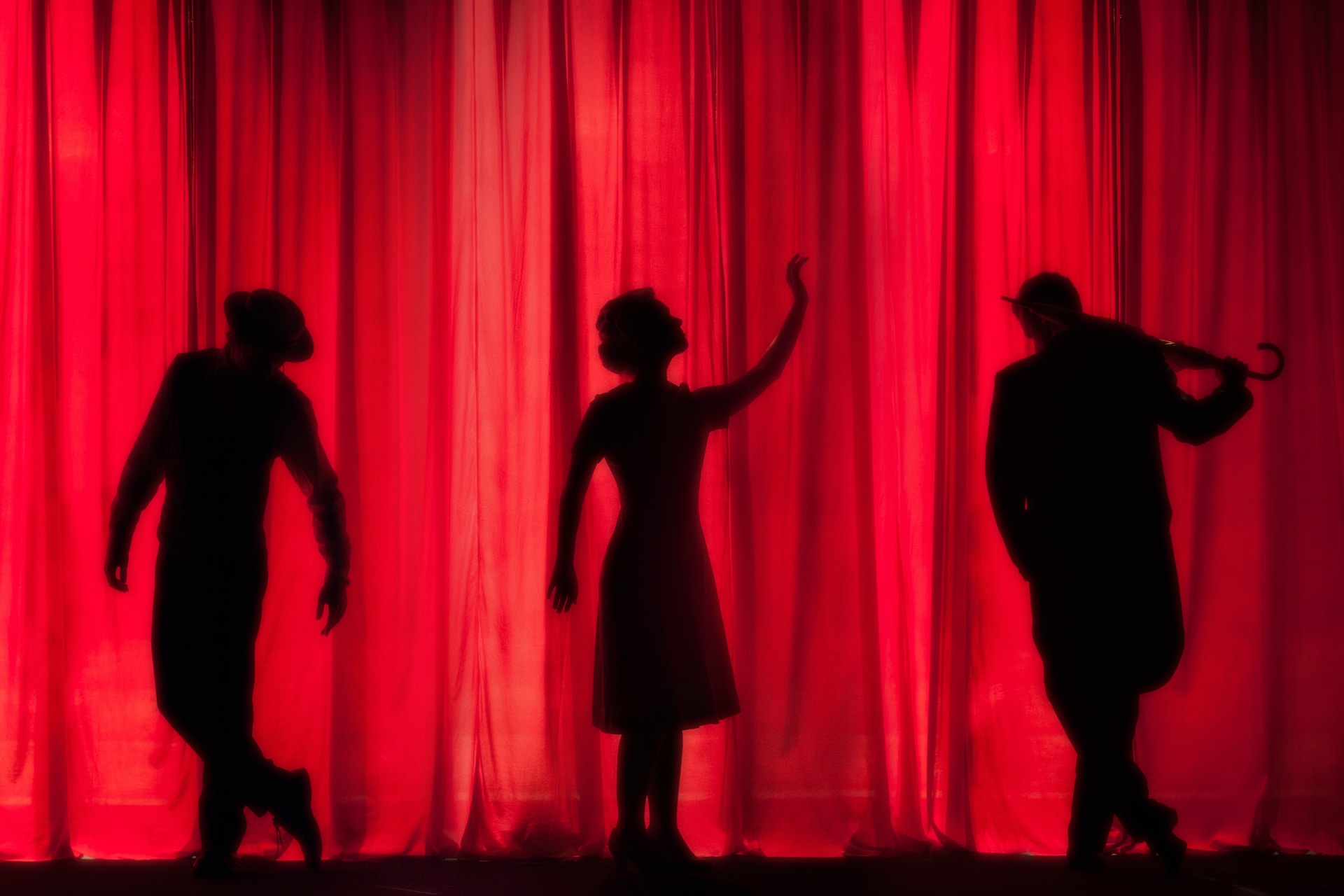Being an actor can be both exciting and difficult. Despite the fact that it could seem glamorous from the outside, there is a lot going on that people might not be aware of. Here is a glimpse at what a day in the life of an actor looks like:
Auditions and Casting: Actors spend a significant amount of time auditioning for roles. This entails putting together audition materials, going to casting calls, and going up against many other outstanding performers. Actors must learn to overcome rejection and persevere in order to survive the competitive nature of the business.
Training and Preparation: Actors continuously work on honing their craft. Many attend acting schools, workshops, and classes to improve their skills. They also engage in ongoing rehearsals, memorization of lines, and character development. Preparation is crucial to delivering authentic performances.
Irregular Work Schedule: Acting jobs often have irregular schedules. Actors may have periods of intense work, followed by lulls with no projects. They need to be flexible and prepared for last-minute auditions or schedule changes. Balancing personal life and work can be challenging due to the unpredictable nature of the industry.
Long Hours: On-set, actors typically have long workdays. They may spend hours shooting scenes, which can be physically and mentally demanding. It’s not uncommon for actors to work late nights or early mornings. Patience and stamina are essential qualities to endure the demands of filming.
Collaboration: Acting is a collaborative art form. Actors work closely with directors, producers, fellow actors, and crew members. They must be able to take direction, adapt to different styles, and maintain professionalism on set. Building positive relationships and effective communication skills are crucial for success.
Emotional and Physical Strain: Acting often involves portraying intense emotions and challenging situations. Actors may need to tap into their own vulnerabilities to portray characters convincingly. This emotional strain can take a toll on their mental well-being. Additionally, physically demanding roles require actors to stay in shape and take care of their health.
Constant Learning and Adaptation: The entertainment industry is ever-evolving, and actors must stay updated on current trends and techniques. They need to adapt to changes in technology, industry standards, and audience preferences. Continuous learning and embracing new opportunities are vital for sustained growth.
Financial Instability: Not all acting jobs are financially lucrative. Many actors face periods of financial instability, especially when starting their careers. It can take years of hard work and dedication before achieving financial stability through consistent acting work.
Public Scrutiny: Actors are often in the public eye, and their personal lives can attract significant attention. They may face media scrutiny, invasion of privacy, and pressure to maintain a certain image. Coping with fame and handling public perception can be challenging for some actors.
Love for the Craft: Despite the challenges, many actors are driven by their love for the craft. They find joy in bringing characters to life, connecting with audiences, and being part of storytelling. Passion and dedication are the driving forces that keep actors motivated despite the hardships they may encounter.
Remember, the experiences of actors can vary greatly, and each individual’s journey is unique. While this glimpse behind the scenes sheds light on some aspects of an actor’s life, it’s important to recognize the diversity of experiences within the profession.
